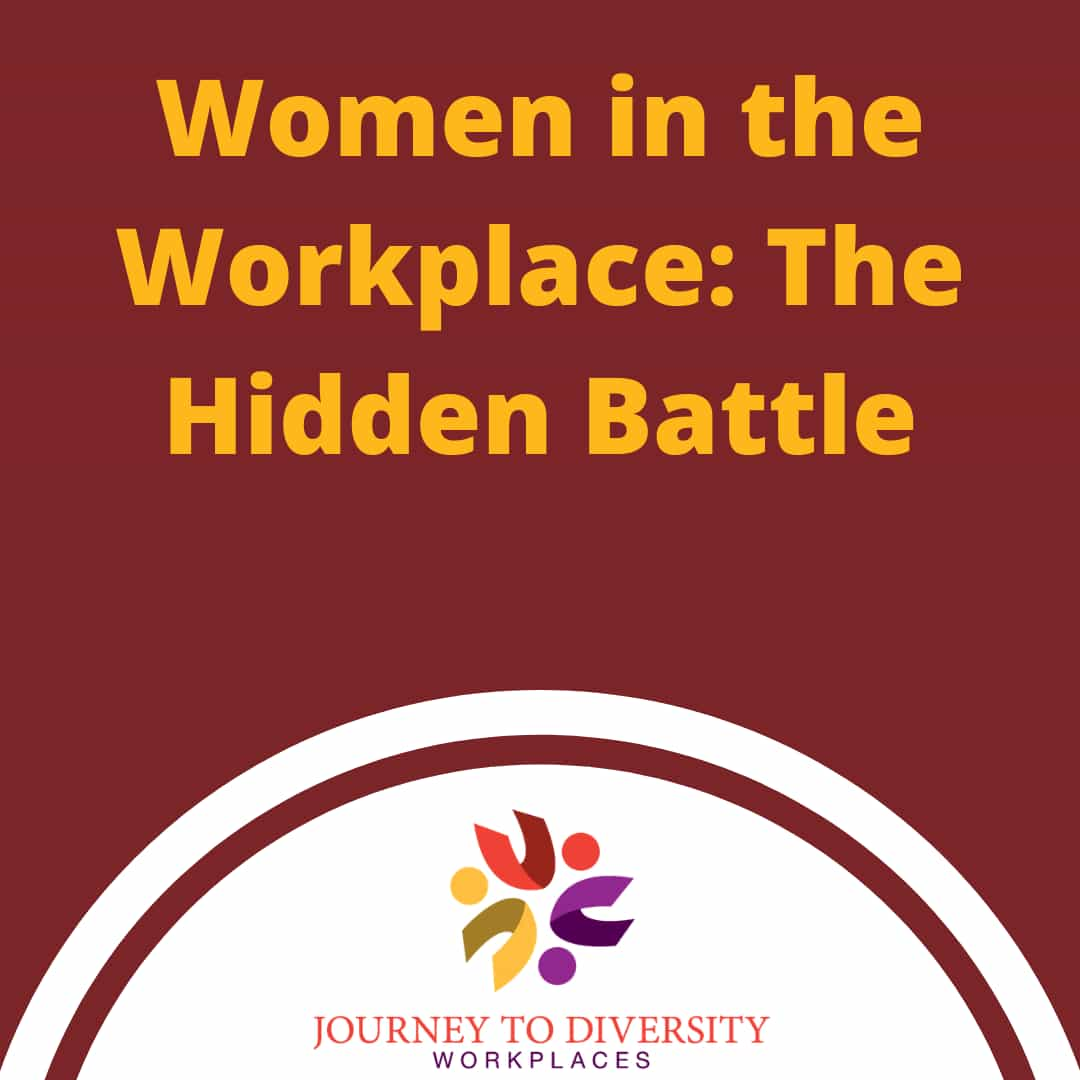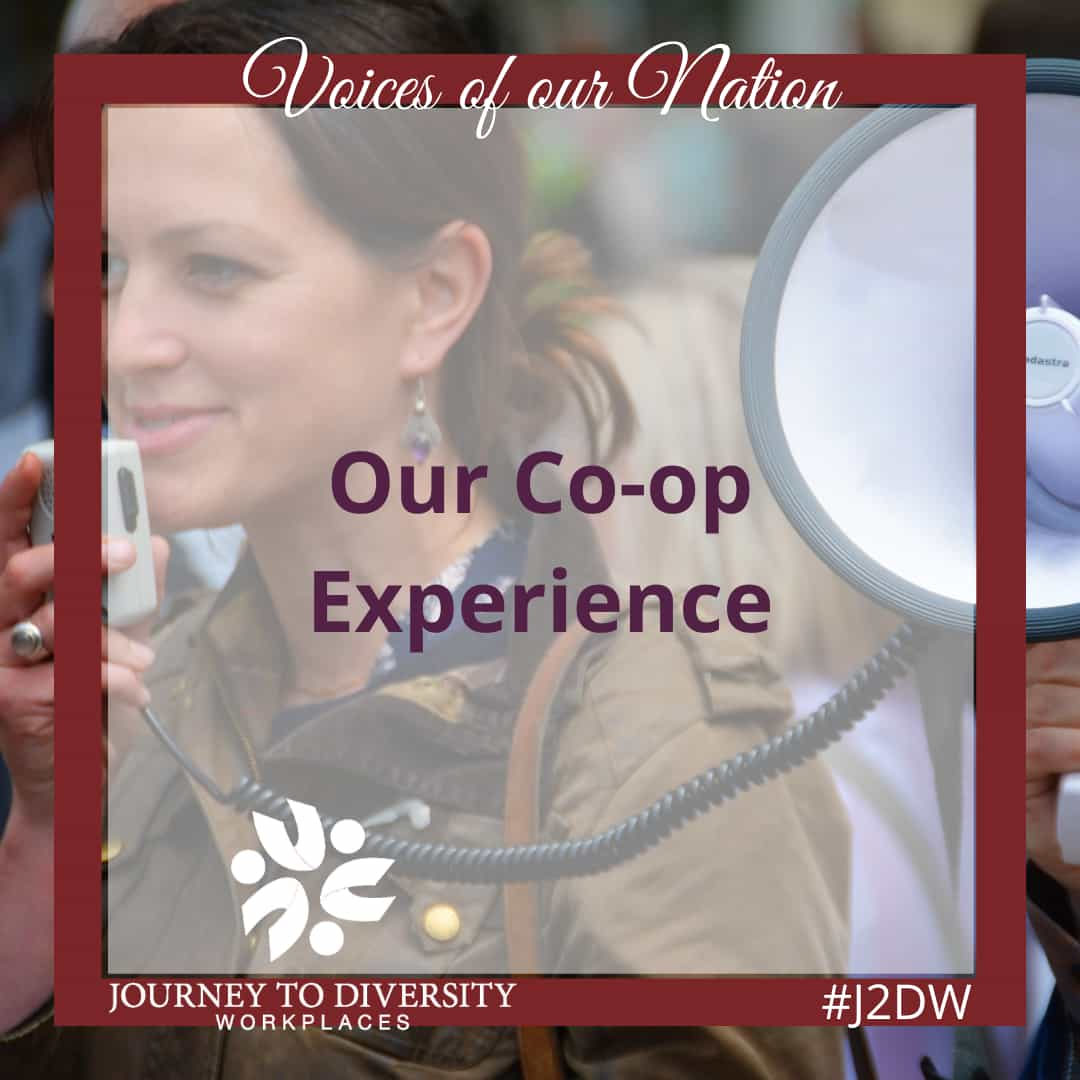Introduction
Throughout our history, women have adopted new roles from working as a housewife to entering the workplace and providing for their family or oneself. As women entered the workplace, we saw issues of sexual harassment, unequal pay and opportunity starting to emerge. These issues are still seen and frequently voiced today as women are continuously taking a stand for their rights. Unfortunately, there are many issues that go unnoticed that need to be addressed. Every day women have to prove that they are just as good or better than their counterparts and when they fail to do so they are labeled as weak, incompetent or just plain lazy.
In the recent years, the discrepancy between men and women has hardly narrowed down. As per statistics, even though roughly the same number of men and women enter the corporate world, it is not odd to see that the percentage of men who climb up the managerial positions are double that of women (Fuhrmans, 2017). A Woman generally has three different stages in her career and with every stage comes a different challenge. Take note that even though there is no particular challenge that emerges within a certain stage, we do see common denominators that go hand in hand with certain stages.
Stage one
Typically women in this stage are young and just starting out in their career and are very ambitious, wanting to climb the corporate ladder. It is in this stage that women are most likely to be subjected to sexual harassment. Being at an entry level position and trying to move up is difficult and some men may try and use that to their advantage. Many women are seen as objects rather than a human being and are preyed against by males. We see sexual harassment being conducted in a number of ways. Such as men in authoritative positions trying to use their title and power to attract and control women. Men who conduct such acts tend to pick on women whom they think are easy targets, would have no one to turn to and who would not be able to stand up for their own rights (Reddy 2017). Sexual harassment is a common issue that all women want to eradicate. This is one of the most shameful and grave challenges that women face at the workplace.
Another challenge women face during this stage is finding a role model, someone they can look up to. Nowadays there are a lot of both men and women leaders in the workplace but very few female role models that other women can look up to. Men leaders tend to train those that look up to them to be like them and when women turn to males as role models, they receive a different result than what a male would see. Since men and women think and communicate differently, it therefore causes women who seek help from men to feel detached and disoriented (Reddy, 2017). We do see some women turning to other female coworkers that are on the same level as them for guidance or learning to make their own path.
Stage two
Stage two typically emerges for women who want start a family and become mothers. Naturally, we see the family becoming a dominant priority and the career coming second. The work-life balance is always a hidden battle for women as throughout centuries women were seen as the sole homemakers and as somebody who would take care of the family at home. Nowadays it is not always set and stone for which parent will take time of to stay at home with the child when it’s born. When women are the ones to take time off and go on maternity leave, we do not see less challenges emerging for them. Maternity leave is not so much of a hidden challenge, but it is one that should be made aware of. Most women who go on maternity leave tend to do so near the newborn’s delivery date and after the baby is born. What needs to be made aware is the stress and discomfort women feel as they work during the nine-month pregnancy. Women not only have to carry and care for another human being inside of them but they also have to deliver the same amount of work productivity and expectations. It is hard for soon-to-be mothers to keep stress levels low and be in a healthy state of mind when they still have to prepare and give presentations at office meetings and ensure to hit tight deadlines all while their bodies are changing (Reddy, 2017).
It sometimes doesn’t get any easier for women once they come back after maternity leave as they have more obstacles to face. Some women are thrown back into the heavy workload they had before leaving while others have to prove their worth to the company all over again. Thankfully we are starting to see changes occurring to help women bridge the gap of returning to work from maternity leave, as corporate firms are now introducing flexible policies for women (Reddy, 2017).
Third stage
The third stage directly correlates with stage two as children are now grown up and house responsibilities for the mother have subsided. We see women shifting their focus to their careers again but are faced with an enormous challenge. It is easier for women who choose to work part time or flexible hours when they were raising their children to transfer back into full time work. Those who took a leave of absence from work for an extended period of time have great trouble reentering the job market. They are seeing that large changes have occurred as technology advances and women are finding it more difficult to get their foot in the door again than when they first entered the job market. Not having recent work experience or keeping updated with where their specific industry is going are all factors that hinder the likelihood of women who took time off taking care of their children to find work in their field again.
Another major issue that arises in stage three is ego clashing. As women climb the corporate ladder and reach management and senior positions, it may cause ego clashing as some men consider themselves superior to women. Some men try to surpass their female manager, look for faults or they may simply not cooperate with orders given to them. It is challenging for women to have to deal with and it is sometimes beneficial to find alternative approaches in communicating and handling difficult people.
Power play politics in the workplace have been in place for a while now and men were seen as the only players. We are now starting to see power struggles occur, as women are starting to fight back and not surrender power to men. Women have to work vigorously to survive these power play politics and for some it is a crucial part for them to get hired in upper management (Reddy, 2017). Meanwhile, a lot of men are automatic contenders and go through far less scrutiny and obstacles to be considered for certain roles. Power play politics takes a lot of hardship out on a women and it sometimes can disturb ones emotional and mental peace. Power play is one such challenge that all women have to deal with no matter what sector they work in (Reddy, 2017). It is an unfortunate part of our society but women are starting to make real head way in the issue.
Conclusion
Challenges are found at every stage of life and not just in the workforce. It is important to move out of comfort zones and explore different avenues and for a lot of women, the more challenges they face, the more satisfaction they get from their achievements. While all these things are imminent for a well-rounded personality, some of the workplace battles which women face every day hinder their overall well being. There is a lot of energy and effort that women put into overcoming these challenges and issues in hopes that one day, women won’t have to go through the same obstacles and challenges that they did.
References
Fuhrmans, V. (2017). The Hidden Battle fo the Sexes at work. Retrieved 12 11, 2017, from The Wall Street Journal: https://www.wsj.com
Reddy, K. (2017). Women in the Workplace: Top 10 Issues and Challenges. Retrieved 12 08, 2017, from Wise Step.com: https://content.wisestep.com


